Dak Son lithophone treasure
In our country, the owners of this art form belong to ethnic minorities, residing in the South of Truong Son mountain range. The traces of lithophones, discovered, excavated and collected are vivid proof of that. Moreover, today, only ethnic minority artisans in the Central Highlands can still play this musical instrument. The first set of lithophones in Vietnam was discovered in 1949.
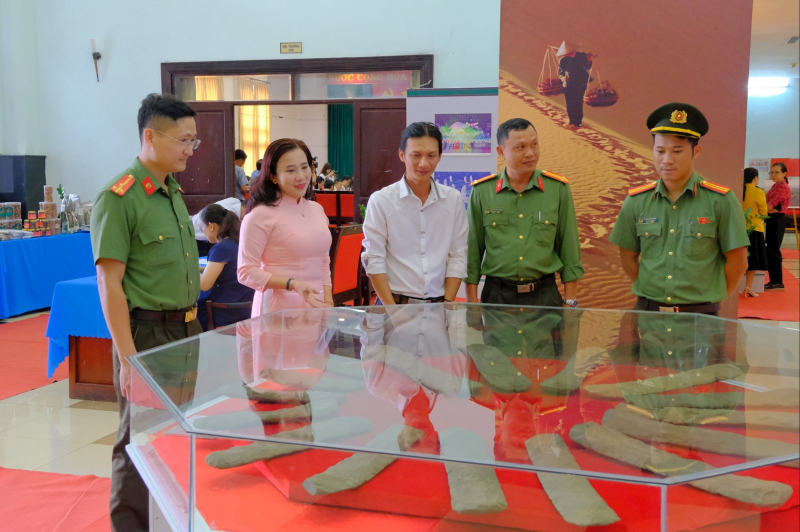
When opening a road through N'Dut Lieng Krak (old Lak district, Dak Lak), people accidentally found underground strangely regular stone bars. The longest bar was 101.7cm, weighing 11.21kg; the shortest bar was 65.5cm, weighing 5.82kg. In mid-1950, these special stone bars were transferred to Paris (France) by French archaeologists for research. The results published in the Musicology magazine (33rd year - new series) No. 97-98 (July 1951) showed that the N'Dut Lieng Krak lithophone set was about 3,000 years old and "unlike any stone musical instrument known to science ".
After 1975, researchers continuously discovered many sets of lithophones in the areas of Lam Dong, Dak Nong, Dak Lak, Gia Lai, Ninh Thuan , Dong Nai... Scientists determined that the age of lithophones in Vietnam is about 3,000 years old. Notably, all the sets of lithophones discovered are underground, accidentally created by human impact. Why were lithophones discovered underground? This mystery has led to the explanation that in the past, the above musical instrument may have been extremely valued by human ancestors. Like the Dong Son bronze drum or the Central Highlands gongs of the later metal age, lithophones are not simply musical instruments, but rather represent the spiritual life, primitive beliefs and power of the owner, which are extremely revered by communities and ethnic groups. Therefore, when an incident occurs, its owner immediately buries it or, because of its sacredness, to perform some mystical ritual, the lithophone is buried underground.
Most recently, in mid-2014, a resident of Dak Son village (Nam Xuan commune, Krong No district, old Dak Nong province) while gardening discovered at a depth of nearly 1 meter strangely long and regular stone slabs. Not long after, an urgent excavation was carried out by Dak Nong Provincial Museum in coordination with the Southern Institute of Social Sciences. A total of 16 stone slabs, of which 11 were intact, 5 were broken but could be restored, were brought up from the ground. The results of analysis of sound, material and traces of manufacture determined that the Dak Son lithophone dated back about 3,500 years, becoming the oldest lithophone discovered to date.
The ancient people's technique of making lithophones reached an incredibly sophisticated level. The craftsman meticulously separated each stone slab from the original vein. The initial shape was created by strong hammering strokes to remove excess material. When shaping, the hammering lines were small, shallow, and all in one direction to create a flat surface. The final step was to finely adjust by hammering thinly, delicately, and gently to perfect the stone slab to suit the desired melodies. These traces are still clearly visible, demonstrating the ingenuity and deep understanding of prehistoric people. What is special is that the sounds emitted from the stone slabs were not random. The ancients knew how to select, arrange, and combine sounds to create melodies, opening up a great step forward in the early awareness of human musical art. The hammering method was quite sophisticated and meticulous, with different lengths, thicknesses, and thinnesses to achieve the desired melodies when struck. Long, large, and thick stone slabs often have deep and clear sounds. Short, small, thin stone gives clear, ringing sound...
The lithophone is not only a testament to the spiritual life of prehistoric people but also affirms the indigenous origin of the oldest musical instrument in Vietnam, crafted right in the Central Highlands. The sound of the lithophone is an element that connects people with mysterious gods, between the present and the past, from the past to the present and towards the future. When the artist performs, in the high scale, the sound is clear and resonant. In the low scale, the sound resonates like the melody of the wind, like a waterfall in the middle of the forest.
The thrilling reunion of the Hoa Nam lithophone
In 2002, while digging a hole to plant trees at a depth of about 1m, Mr. Nguyen Van Thang (residing in Hoa Bac commune, Lam Dong province) discovered many strange stone bars neatly arranged in rows. The stone bars were even and long, with thin bodies, of different sizes and lengths. Not knowing that they were lithophones, Mr. Thang collected all these stones and stacked them neatly in one place to make room for planting trees. Since the path was muddy, Mr. Thang's family took some of the bars out to line the path. In 2005, a relative of Mr. Thang in Ba Ria - Vung Tau came to visit, saw the strange stone bars lying around in the garden and asked to use them as ornamental stones. This person took the most beautiful ones. In early 2006, another relative of Mr. Thang in Bao Loc came to visit, saw the "strange" stone bars and asked for them, and the owner gave them all away. The complete lithophone set was accidentally discovered and then scattered because no one knew how valuable it was.
The lithophones that arrived at Bao Loc were put into sacks by the owner and stacked with a pile of firewood next to the chicken coop. When the archaeologists arrived, dug through the firewood, and pulled out each sack containing the stone bars, they were truly amazed by the number of up to 30 bars, many times more than any lithophone set that had ever been discovered or known. Most of the lithophone bars were still intact. The sound when struck was very clear and resonant. When the owner realized it was a precious musical instrument, he handed it over to Lam Dong Museum. In 2009, all of these lithophone bars were taken to Ho Chi Minh City for experts to appraise and study. The results showed that this could be a collection of many different lithophone sets, dating back about 2,500 to 3,000 years. These stone bars have different pitches and are very difficult to arrange into complete sets. This made the managers at Lam Dong Museum suddenly remember that there were still many lithophones that were asked by Mr. Thang by a person in Ba Ria - Vung Tau to be used as ornamental stones and their fate is currently unknown.
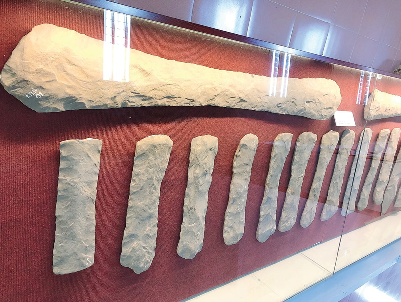
In early 2010, Lam Dong Provincial Museum received a report from Mr. Thang's family, saying that they had contacted a relative in Ba Ria - Vung Tau. The good news was that the lithophones were all intact. Even happier was that the owner was willing to hand them over to the state. When the working group arrived, they were eager to see where the lithophones were being kept by the owner, but after going around the house, no one saw anything. The owner happily poured water for guests with a very leisurely attitude, he was very confident in his preservation methods. He said that when he brought them home, he discovered that the lithophones were not the usual stones found in nature. He examined them carefully and realized that they were lithophones. Therefore, instead of using them as decorative stones, he dug up the brick floor of the house and buried them all underground. The working group of Lam Dong Provincial Museum was extremely excited to "excavate" the precious lithophones with their own hands. One by one, 16 intact and beautiful stone slabs were brought up to the astonishment of everyone. A total of 46 lithophone slabs discovered by Mr. Nguyen Van Thang while gardening in 2002 were reunited after many years of separation. This is a record number of lithophone slabs discovered at one location, beyond the imagination of scientists.
Along with Dak Son lithophone, the massive collection of Hoa Nam lithophones and other lithophones that have been discovered, collected and brought to Lam Dong Provincial Museum and the Central Highlands provinces for display are the clearest evidence showing the existence of a primitive civilization, the beginning of mankind, associated with the oldest musical instrument of the Stone Age in the Central Highlands.
Source: https://cand.com.vn/van-hoa/bao-vat-dan-da-va-cuoc-doan-tu-ly-ky-i786624/



![[Photo] Prime Minister Pham Minh Chinh chairs the second meeting of the Steering Committee on private economic development.](https://vphoto.vietnam.vn/thumb/1200x675/vietnam/resource/IMAGE/2025/11/01/1762006716873_dsc-9145-jpg.webp)














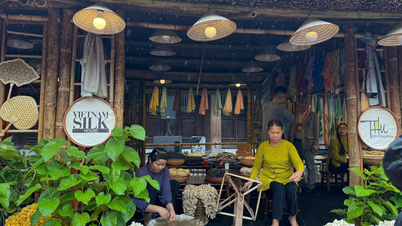














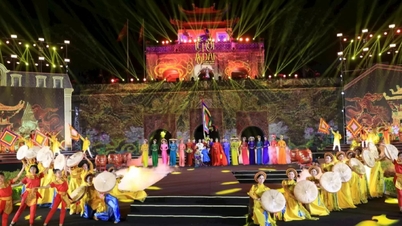
















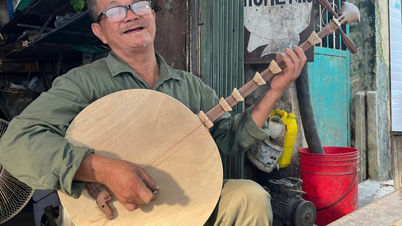

























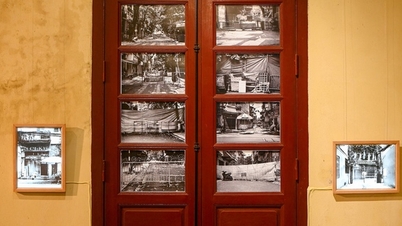


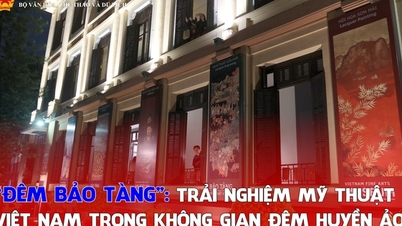
























Comment (0)